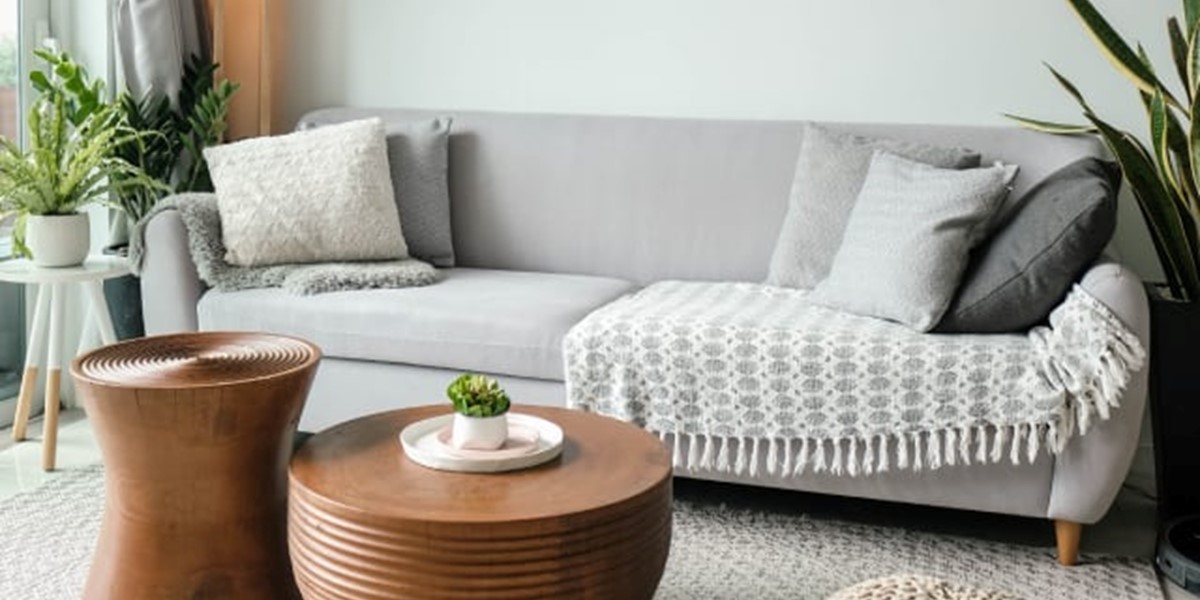haart's Selling Process Guide:
What are fixtures and fittings and why are they important?

When buying or selling a house, the fixtures and fittings issue can be tricky. Clarifying what the seller is taking with them, and what is included as part of the sale, should be confirmed in the fixtures, fittings and contents form. Fixtures and fittings are often used as bargaining chips, so it is important to understand the differences between them.
What’s the difference between fixtures and fittings?
Put simply, fixtures are items that are part of the permanent structure of a property, or are attached in such a way that to remove them a tradesman would probably be required. Removing fixtures are also very likely to damage the property.
Fittings are loose items like furniture and free standing white goods. There are some grey areas, however, in these definitions, and some fixtures can have the status of ‘removable fixtures’.
Register today! Be amongst the first to see new and off-market homes for sale in your area.
What items are classed as fixtures and fittings?
An analogy to explain the differences between fixtures and fittings would be to think what would happen if a property was turned on its roof. Everything that falls out is a fitting, and everything that stays where it is, a fixture.
Examples of fixtures
Fixtures are items like boilers, carpets, kitchen cupboards, built-in wardrobes, dishwashers and hobs built into a kitchen, light fittings, radiators and fireplaces. It would be unsafe as well as impractical to remove fixtures like these.
Examples of fittings
Fittings are things such as sofas, beds, bookcases, tables and chairs, mirrors, light shades, microwave ovens and curtains. There are some items that cause confusion. Curtain rails and light fittings are the obvious ones. Most sellers would leave these, but buyers should have this clarified on the fittings and contents form.
Fridges, freezers, washing machines, dishwashers and cookers that are free standing and not built-in appliances are also regarded as fittings.
What fixtures and fittings do you leave when selling a house?
It is generally assumed that fixtures remain and fittings will be removed when a property is sold. However, buyers can negotiate and ask for some fittings to be included in the price. Free standing kitchen white goods are popular fittings that may stay. Sellers could be happy to agree to this, as the property they are buying may have built-in appliances.
The fixtures and fittings form (TA10)
As part of the conveyancing process sellers have to complete a TA10 ‘Fittings and Contents’ form (also known as the ‘Fixtures and Fittings’ form). This is where sellers are obliged to confirm if items are included or excluded in the sale, and what price they will be if not included. The form covers basic fittings and fittings in the kitchen and bathrooms, carpets, curtains and curtain rails, light fittings, fitted units, outdoors, TV & telephone and fuel stock.
The legal requirements for fixtures and fittings
It is a legal requirement to complete the TA10 form, but there is no legal definition for what should remain with a property and what can be taken. Assumptions and common sense count for a lot where fixtures and fittings are concerned. That is why the fittings and contents form is so important.
The fittings and contents form is just part of the paperwork that sellers will need to provide about their property, along with guarantees, electrical and gas safety certificates and FENSA certificates.
Does stamp duty apply to fixtures and fittings?
Stamp duty does apply to fixtures that are considered permanent attachments to the property, but does not apply to ‘chattels’ – in other words fittings or removable fixtures. Chattels include fixtures like carpets, as well as traditional fittings like furniture and curtains.
Contact your local haart branch for help with your next move
For advice on fixtures and fittings, or anything to do with the selling process, get in touch with your local haart branch. We will be happy to help get your property sale started.
Process for selling
